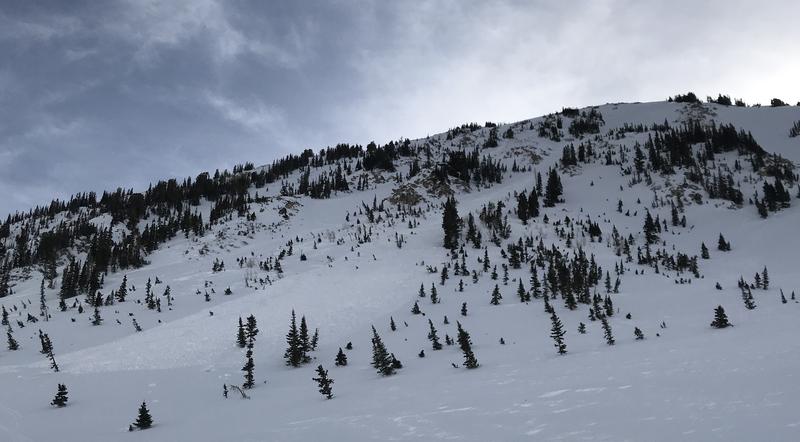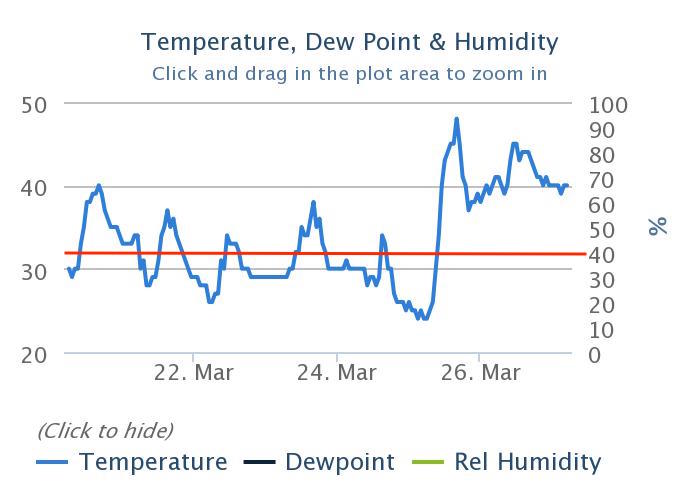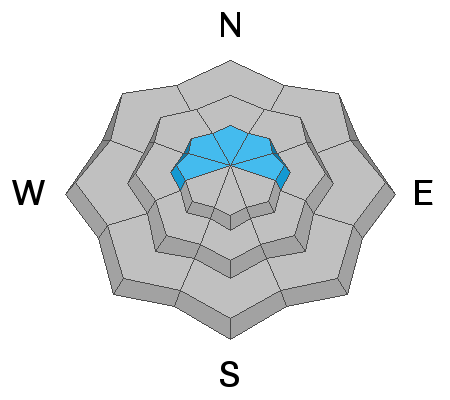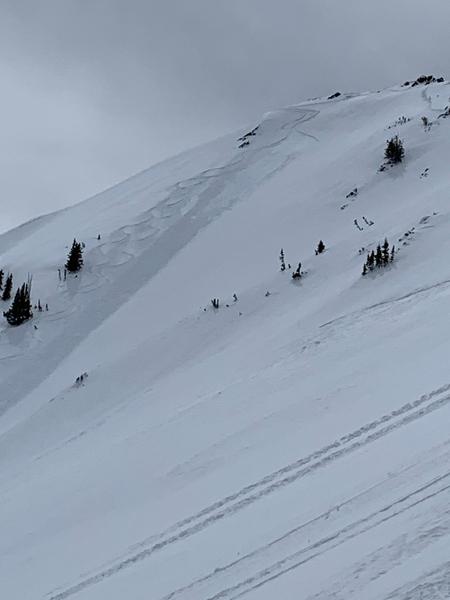Forecast for the Salt Lake Area Mountains

Issued by Evelyn Lees on
Wednesday morning, March 27, 2019
Wednesday morning, March 27, 2019
The avalanche danger is MODERATE for wet avalanches - both loose sluffs and shallow wet slab avalanches are possible in all steep terrain, except for the northerly upper elevations. The danger of wet snow avalanches will peak during the heat of the day or any periods of more direct sun.
The avalanche danger is MODERATE on steep upper elevation slopes for triggering a slab of wind drifted snow. These drifts will be most widespread on slopes facing the north 1/2 of the compass.

Low
Moderate
Considerable
High
Extreme
Learn how to read the forecast here












